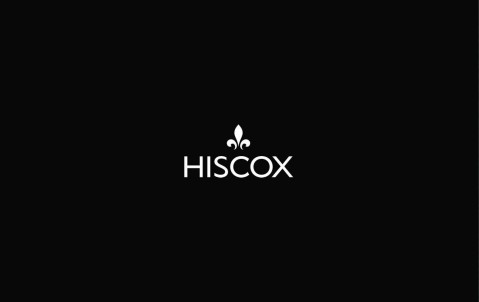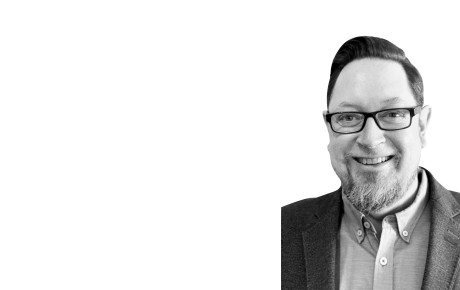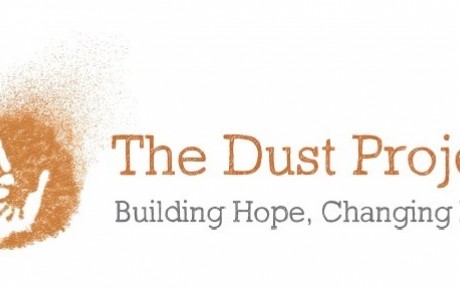
High hopes for 2016
2015 was good for Hiscox London Market, says Paul Lawrence, its CUO. Prospects are favourable for this year, despite the headwinds.
How was 2015 for Hiscox?
We had a very good year. We managed to grow our existing business, and we also made the most of the turmoil created by M&A activity by hiring in new teams to write product recall, general liability, and a new cargo underwriter. All are classes of businesses we didn’t previously write, so they bring us something new. We also launched two new products: a cyber policy and a new US flood policy. We’re looking forward to 2016.
How would you describe the current market?
If I were to use one word to describe conditions it would be “challenging”, and I would say there’s little realistic prospect of improvement this year. The market is still seemingly overrun with willing capacity, local markets around the world are getting stronger so less business is coming to London, while capacity at Lloyd’s is also growing. But, they are the same conditions as for all our peers. With the great team of underwriters and strong brand that we have, along with the new teams that we’ve hired, I believe there is still opportunity for us. We plan to grow this year, as odd as that might seem in such tough conditions.
We had a very good year. We managed to grow our existing business, and we also made the most of the turmoil created by M&A activity by hiring in new teams.
What size of catastrophe would it take to turn the market?
We would need more than just one catastrophe. It would require a string of events, which are not linked, but which occur in the same year. Most insurers have more reinsurance than they’ve probably ever had, because it’s now so cheap. So most would now be able to sustain a $50 billion catastrophe – it would probably affect them making a profit that year, but it wouldn’t soak up capital.
For the market to change you’re going to have to see insurers go out of business, or at least to run through their reinsurance so they have to start paying losses out of their own capital. That would only happen after a series of catastrophes costing in excess of $100 billion in a year.
Or, some players would need to discover they’ve got their numbers wrong. Another 9/11 might conceivably do it, where one event puts a number of different market sectors under extreme stress. But a single earthquake or plane crash wouldn’t turn the market.
For the market to change you’re going to have to see insurers go out of business, or at least to run through their reinsurance.
The current market climate, in which prices are softer each year than the year before, might persist for a long time. So it’s important that we adapt to these conditions. Although the outlook might be bleak, we still think there is opportunity for us.
How is Hiscox adapting to the market conditions?
To stay ahead we have identified three key areas, which we call risk culture, commerciality and innovation.
Risk culture means having the best people doing the best they can. We need to understand that everybody’s hurting in today’s market. Lower prices mean less commission for brokers as well as less premium for insurers. We need to recognise the pressures that brokers are under – they need to serve their clients while also juggling their relationships with underwriters – and so we need to be flexible and pragmatic in how we work with them.
Underwriters also need to see the bigger picture, to manage better a pipeline of opportunities and to be much more proactive at renewal time and to speak to their brokers about new risks. The mildly adversarial relationship that used to exist between the underwriter and broker needs to become much more of a partnership between the two. It’s a simple truth that people do more business with people they like.
Commerciality is about realising that brokers will no longer accept underwriters cherry-picking the best risks in their slipcases. We need to take a more holistic view of a broker’s entire portfolio. That includes us broadening our product line, which we’ve done. We also want to work with brokers and overseas agents to try to help them to plug gaps in their coverage.
We want everyone in the business to think of new ways of doing things better.
Innovation entails continually challenging ourselves. It isn’t necessarily about inventing something new and earth shattering; it’s often simply improving on what already exists. For example, if you sell a client two separate covers, why not just roll them together into one policy? We want everyone in the business to think of new ways of doing things better. It might not be inventing a new product: it could simply be a way for us to become more effective or efficient. If someone had an idea about how to do their own job better then that for me would be fantastic.
How do you now see the relationship between brokers and underwriters?
Whenever the market is as soft as it is now then you begin to see brokers’ and underwriters’ respective roles merge, because everyone is looking to generate a little more margin and gain an edge.
So, the bigger brokers are looking to create underwriting platforms, where they either pre-underwrite or bulk-underwrite parts of their books of business. That can be as specific as Marsh’s marine facility or as generic as Aon’s Client Treaty, concerning every risk they bring into the London Market.
Meanwhile, underwriters are either setting up or buying MGAs, in which they effectively act as brokers, by enlisting a number of insurers to cover certain risks. It’s something we’ve done ourselves through Hiscox MGA.
We took a long, hard look at the Aon Client Treaty and ultimately decided that, given the likely market conditions in 2016 and 2017, it didn’t offer the potential for enough margin for us to be able to commit to it. Now, we didn’t dismiss it out of hand, nor was it a decision that we took lightly. We spent six months coming to that conclusion, during which time we worked hard to try to make it work.
We continue to participate on facilities with Aon, Marsh, Willis, JLT and Arthur J Gallagher. We are very open to the concept of facilities, but we have to believe we’ll make a profit out of them to agree to support them.
Will you expand into any other lines of business in 2016?
We routinely review those sectors within Lloyd’s that are relatively large – over £500 million in income – and in which we have little or no market share. That was the case for product recall, general liability and cargo. Two of those team hires were opportunistic, but we acted quickly when the chances presented themselves. I’m fortunate in that I can go to Bronek [Masojada, Hiscox’s CEO] with a proposal, tell him how much it will cost and what I think the potential payback will be, and he will say “go for it” if he likes the idea. Although we’re now pretty big, we can still act like a small company when it matters.
It’s incumbent on all our line underwriters and product heads to look for new niches that we could enter, just as it’s important for my management team and me to find bigger strategic plays. If the opportunities arose to add another couple of really good teams of underwriters then I’d go for it. Having hired 15 people last year wouldn’t stop me from doing that. But we’ll only do it if we think we can make money out of it – it always comes down to what is the profit potential.
Have you made any New Year’s resolutions for the business?
The one resolution that I’d like everyone within Hiscox London Market to make is just to do what they said they’d do. Everyone has goals for this year, so if you’ve made a business plan then deliver it; if you have a profit target then beat it; if you’ve hired a new team then make sure they’re bedded in and are starting to deliver. If everyone does that then we’ll have another successful year in 2016.
Personally, it’s the same old aspirations: to lose a bit of weight and to take a little more exercise. But, if I’m realistic, there’s fat chance of those happening.




